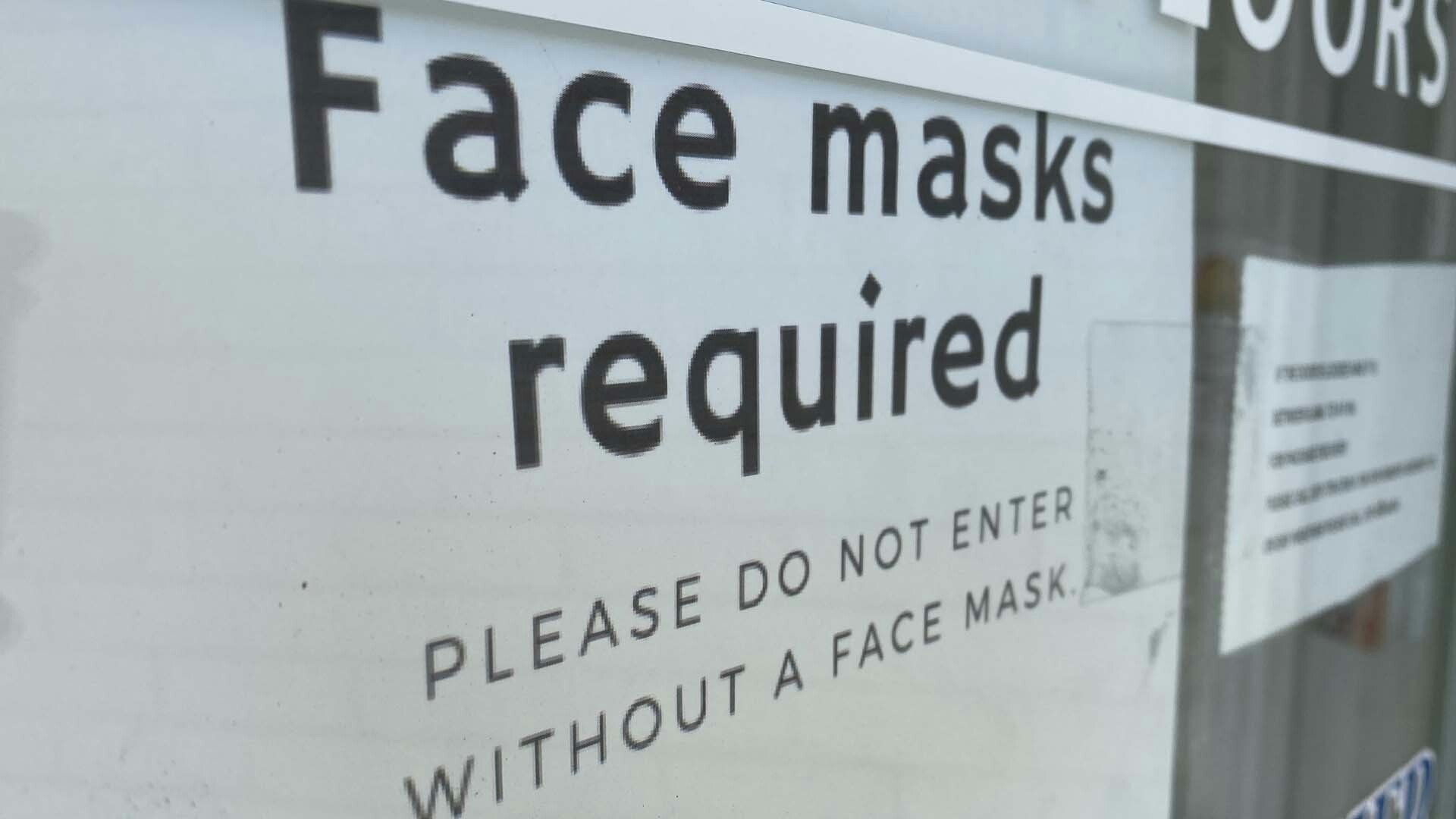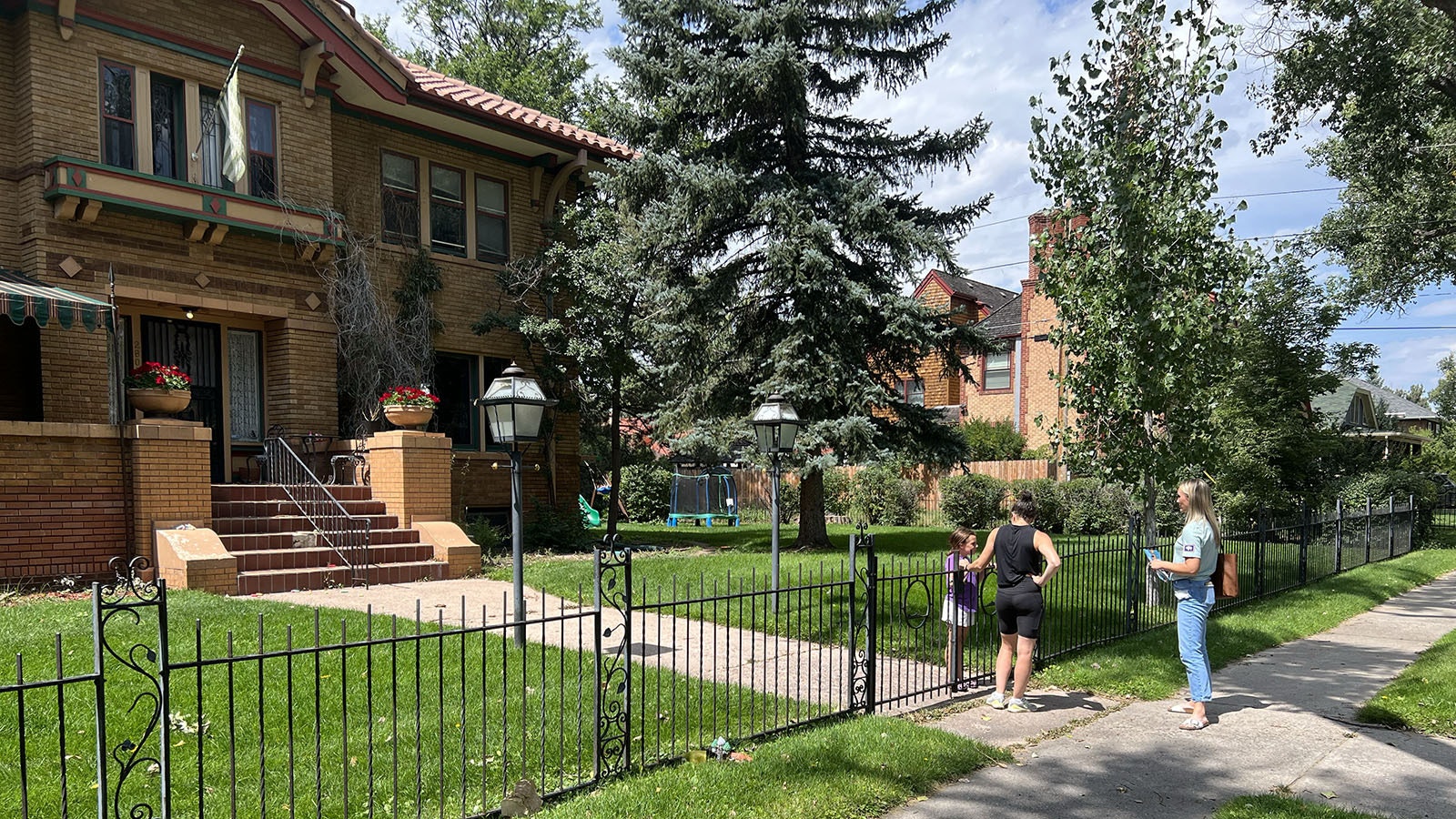Continuing the trend from last month, Wyomingites continue to feel more and more anxious about the spread of the coronavirus as cases tick upwards across the state.
This is according to a study conducted this week by the University of Wyoming’s Wyoming Survey and Analysis Center.
Many of the survey’s respondents felt more anxious about the virus and 60% even said they would strongly or somewhat support an ordinance requiring people in their community to wear a face covering while an indoor public place.
Around 30% said they would strongly or somewhat oppose that type of ordinance.
This survey was conducted just two days before Albany County followed Teton and Laramie Counties in enacting its own mask mandate, at least until Nov. 30.
Almost half of the surveyed Wyomingites said they’re very or fairly anxious about the spread of COVID-19 in the state, an increase of 8 percentage points from October and an increase of 15 percentage points from September.
Another 24% say they are somewhat anxious about the spread in Wyoming. Just over 30% of Wyoming residents say they are not at all anxious about the spread in Wyoming, a decrease of 11 percentage points since October.
While 44% of the respondents say the worst is yet to come in the United States, 50% believed the worst is yet to come here in Wyoming — an increase of 11 percentage points since October and 21 percentage points since September.
“Anxiety about the spread of COVID-19 in Wyoming has returned to levels not seen since March,” says Brian Harnisch, senior research scientist in charge of the project at WYSAC. “At the same time, we see just over two-thirds of Wyomingites now reporting that they are wearing a mask in indoor public places all or most of the time. Other research has shown that this number is still likely the lowest in the nation.”
The survey is the 10th of conducted by WYSAC since March to measure public opinion on a number of topics related to the coronavirus.
A total of 465 Wyoming residents participated in the survey representing all Wyoming counties, with a margin of error of plus or minus 4.5 percentage points.





